Only days after launching its $55 million energy transition program to support large-scale renewables and storage projects, the New South Wales government has unveiled a new initiative to install batteries on the state’s schools and hospitals.
Energy Minister Don Harwin said the government would spend $20 million to install up to 900 smart batteries on government buildings to create a 13 MW virtual power plant.
“By pairing smart battery systems and rooftop solar, participating schools and hospitals can lower their electricity costs by up to $40,000 a year and at the same time strengthen the security of the grid in peak events and during energy emergencies,” Harwin said.
The new battery program is targeting the government’s schools and hospitals as big energy users that account for nearly half the state government’s total energy demand.
“Electricity bill savings will be achieved from avoiding peak electricity charges and making energy from the batteries available to the grid, particularly in times of high demand,” Harwin said, adding that the combined electricity use of state-owned sites accounts for 2.7% of NSW’s daily energy consumption.
After the initial round of funding, the state government will look into rolling the program out to other government agencies, depending on available funding.
Off-grid classrooms
The NSW battery program comes hot on the heels of the launch of Australia’s first totally off-grid, solar-powered classroom in Brisbane, Queensland.
Known as The Hivve, the classroom is powered by a combination of solar and a Tesla Powerwall battery that makes it totally energy self-sufficient with the capacity to export excess energy back into the electricity grid.
Hivve’s Australian-developed technology has been trialled in three schools during 2018 – Bracken Ridge State High School in Queensland; Dapto High School and Holsworthy Catholic Primary School in New South Wales – and has now successfully made the transition from concept to commercialization.
“Energy savings from the Hivve classroom are expected to be as high as $3000 per classroom per year, as well as saving schools the upfront cost of connecting a new classroom to the power supply, which can cost as much as $30,000,” federal Energy Minister Angus Taylor said at the launch on Thursday.
This content is protected by copyright and may not be reused. If you want to cooperate with us and would like to reuse some of our content, please contact: editors@pv-magazine.com.
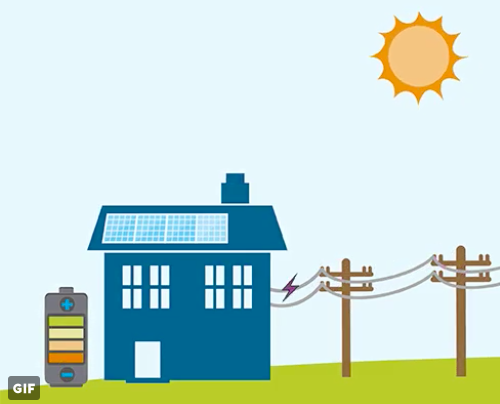



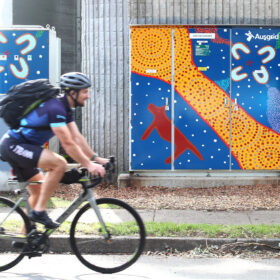
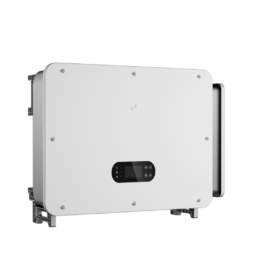
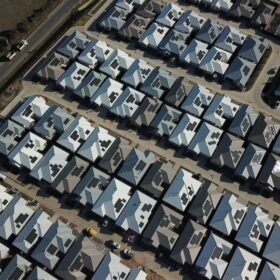
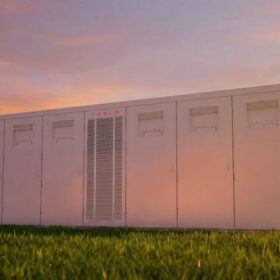
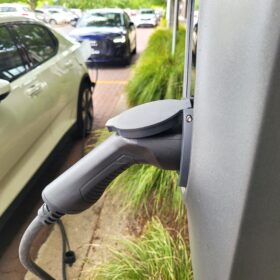
I don’t see how this will save schools or hospitals money, unless it is by avoiding grid connection costs.
School are only open from 9am-3pm, electricity use outside these times should be minimal. PV’s can directly power schools during this time so there is no need for batteries.
Hospitals use so much energy that I doubt they would ever have spare PV energy being exported to the grid. If you don’t have spare PV to charge batteries with what is the point?
Don’t get me wrong – batteries are the future and they should be the present but these two use-cases don’t seem to make sense.